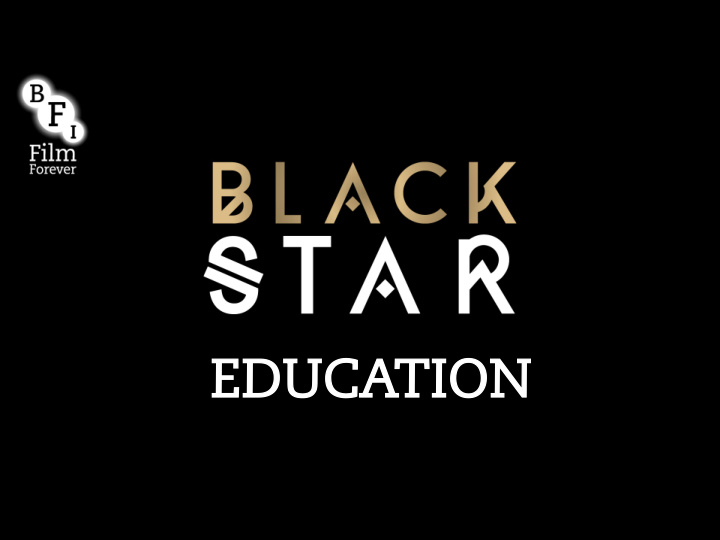



EDUC EDUCATION TION
Media in Context: Representation and Reception Theory in action Black Representation on British Television: The 1960s The Political Play and Broadcast
Historical Context Space race! In pairs, fi nd the answers to the following questions. First pair to get all the answers wins the space race: 1. Write down three major events which occurred in the UK in the 1960s. 2. What was happening in South Africa at this time? 3. What was immigration like in the UK in the post-war period? 4. Who was Kelso Cochrane and why might events surrounding his death be signi fi cant? 5. Who was Enoch Powell and what was the message of the speech he gave in 1968?
Reception Theory: Encoding and Decoding Encoding is the process by which a producer uses symbols (e.g. words and images) to convey a particular message. Decoding is the process by which an audience interprets these symbols in order to understand that meaning.
Take a look at these images. What messages might they be trying to encode? How?
Use this table to help: MESSA MESSAGE GE SYMBOLS USED SYMBOLS USED TO O ENCODE ENCODE THIS THIS MESSA MESSAGE GE IMAGE ONE IMAGE TWO IMAGE THREE IMAGE FOUR IMAGE FIVE
Now look at this ad… • http://www.b fi .org.uk/black-star What sort of messages might be encoded in this advert? Does this advert appeal to all audiences? How might different audiences decode this differently? Why might these differences occur?
Encoding and Decoding: That’s not what I meant… Can you think of any modern examples where the intended message was not the same as the message the audience picked up? Why might this have happened? How might a person’s political/ cultural disposition effect this process? How might historical context affect our reception of media texts? Do we interpret older texts differently today? Why?
Theory: Representation Consider the following statement. “‘Televisualization’… is a process from signi fi cation to representation. The study of representation of race therefore needs to consider television as part of ‘machinery of representation’ (Stuart Hall in Curran et al., 1986) which produces and circulates a number of different (and often competing) ideologies.” (Malik, 2002: 26) Now imagine there is a line running down the middle of the classroom. Position yourself on this line to show how far you agree or disagree with this statement. You must be ready to explain why you have chosen that position and give examples to back up your point.
Right-hand side of Left- hand side of room room Strongly agree Strongly disagree
Case Study: Fable, 1965 • Use the following resources to make detailed notes on the production and reception of Fable. • Use the table provided to help structure your notes. Fable on BFI Screenonline http://www.screenonline.org.uk/tv/id/476259/ The Wednesday Play on BFI Mediatheques http://www.b fi .org.uk/archive-collections/introduction-b fi -collections/ b fi -mediatheques/wednesday-play
Final Thoughts Is representation a static or fl uid concept? Always remains Alters and changes depending the same on the situation.
Recommend
More recommend